Aloysia citrodora
Aloysia citrodora - Lemon Verbena
Aloysia citrodora - Lemon Verbena
Exposure
- Full sun
Rusticity
Bloom time
- July
- August
- September
- Intense lemon fragrance
- Versatile culinary use
- Attracts pollinators
- Fast growing
- Natural mosquito repellent
Discover Lemon Verbena (Aloysia citrodora, formerly Lippia citriodira), an exquisite aromatic plant that awakens the senses with its pure and intense lemon fragrance! Its elegant leaves and delicate blooms make it a valuable asset for both culinary uses and garden aesthetics. Easy to grow in pots or in the ground during summer, it transforms any space into a haven of Mediterranean freshness, also helping to deter mosquitoes.
Characteristics
- Foliage: Lance-shaped, bright green leaves, slightly rough to the touch, arranged in whorls of three or four along the stems. They release an exceptionally pure and intense lemon fragrance when bruised. The foliage is deciduous (falls in autumn).
- Flowering: Produces small, delicate, pale lavender or white flowers, clustered in slender spikes at the tips of the stems. Flowering is subtle but charming.
- Light Requirements: Needs full sun (6+ hours per day) for optimal development, vigorous growth, and intense fragrance. Insufficient light can weaken the plant and its aroma.
- Habit: Upright and branching shrub or subshrub, which can become slightly leggy if not pruned.
- Growth: Its growth is moderate to fast. In a single growing season, it can reach 60 to 120 cm (2 to 4 feet) in height and spread when grown in containers or as an annual.
- Humidity: Prefers consistently moist but well-drained soil. Tolerates brief drought once established.
- Soil: Adapts to average to rich, very well-drained soil. Good drainage is essential to prevent root rot.
- Temperature: Tropical to semi-hardy plant, very sensitive to frost. Ideal temperatures are between 18 °C and 30 °C (65 °F and 85 °F).
- Watering: Water regularly to maintain uniformly moist soil, especially during hot and dry periods. Ensure excess water drains well.
- Resistances: Generally few problems with diseases and pests. Its intense fragrance can also help repel certain nuisance insects. Can sometimes be affected by spider mites if the air is too dry.
Usage
- Types of Use: A must-have in cooking (teas, infusions, desserts, fruit salads, vinegars, and savoury dishes). Ideal in herb gardens, in pots or containers on patios and balconies, or as a specimen plant near seating areas to enjoy its fragrance and its mosquito-repelling effect. Attracts pollinators.
- Decorative Benefits: Its bright green foliage and delicate small flowers provide a fine texture and subtle elegance. The intense lemon scent emanating from its leaves is its main ornamental asset, creating a fresh and calming atmosphere.
Maintenance
- Fertilization: Fertilize monthly from spring to summer with a balanced or nitrogen-rich fertilizer to promote foliage growth.
- Pruning: Prune stems regularly to encourage denser, bushier growth and to harvest leaves.
- Plantation:
- In pots: Choose a pot with good drainage holes. Plant at the same depth as the plant was in its original container. Repot if the plant becomes root-bound.
- Period: Plant or move outdoors after all risk of frost in spring, when nighttime temperatures are consistently above 10 °C (50 °F).
Plant details
Dimensions
Dimensions
Characteristics
Characteristics
Habit:
- Upright
- Bushy
Flowering colours:
- White
- Mauve
Plant needs
Plant needs
Watering:
- Tolerates wet soil
Maintenance:
- Easy
- Fertilize regularly
- Bring indoors in fall
Soil requirement:
Features
Features
Resistance:
Attract:
- Pollinators
Use:
- Herb garden
- Patio pot
- In-ground
- Vegetable table
Attribute:
- Edible
- Fragrant
- Attracts Pollinators
- Non-Toxic to Cats
- Non-Toxic to Dogs
- Natural Repellent (Mosquitoes)



Related articles
-
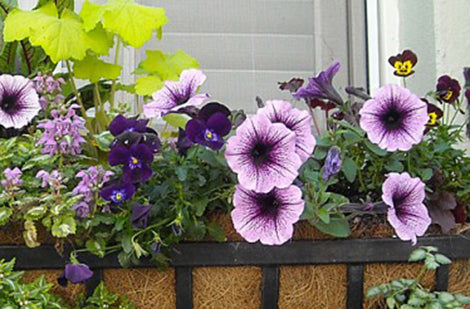
Annuals - dear to homeowners’ hearts
Read the articleUn coussin de fleurs qui retombe en cascade du bord de la fenêtre attire toujours le regard. Quelques pots et jardinières débordants de fleurs forment instantanément un jardin sur la...
-

Laying-out your annuals
Read the articleComme les annuelles sont souvent en fleur au moment de l’achat, il est facile de faire des essais sur place. Distribuez les rôles afin d’obtenir un ensemble harmonieux. Quelques plantes...
-
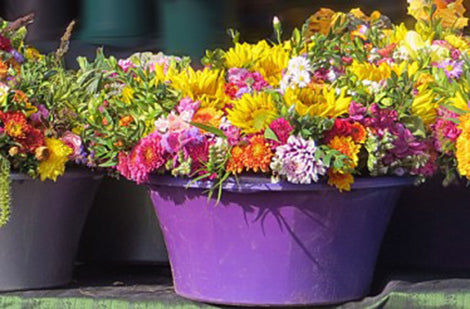
Annuals - dear to homeowners’ hearts
Read the articleQue ce soit sur le balcon de votre appartement ou sur la terrasse, ou encore aux quatre coins de la cour, rien de tel que des fleurs épanouies, colorées et...
-

Planning an outdoor project
Read the articleAvec une bonne planification et en suivant les quelques règles de base qui suivent, il vous sera facile et agréable de concevoir votre plan d’aménagement extérieur en peu de temps...
-
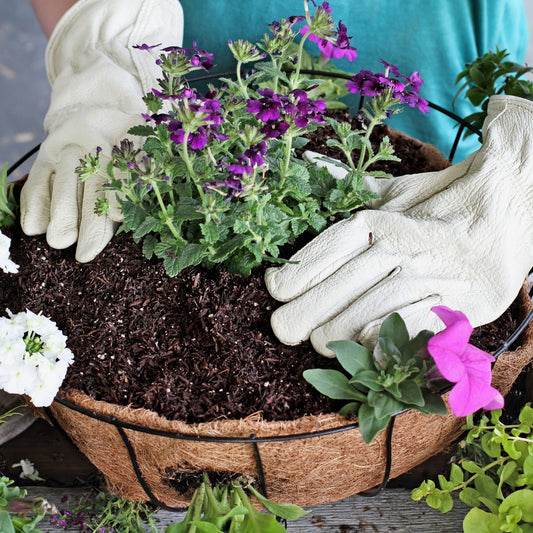
Vibrant Potted Annuals: Easy Planting with Eco-...
Read the articleAnnuals are easy to grow, and most bloom profusely all summer long. So, why not grow them in containers? Planting annuals in containers is a breeze when you follow the...
-
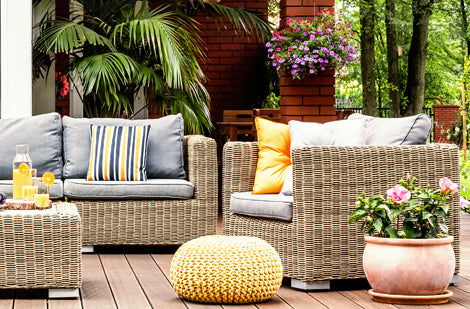
Tropical Flowering Plants: A touch of the exoti...
Read the articleLes plantes tropicales à fleurs ont tout pour faire tourner les têtes! Colorées, odorantes, généreuses, elles n’ont pas leur pareil pour égayer une aide de repos, un balcon, une terrasse....
-
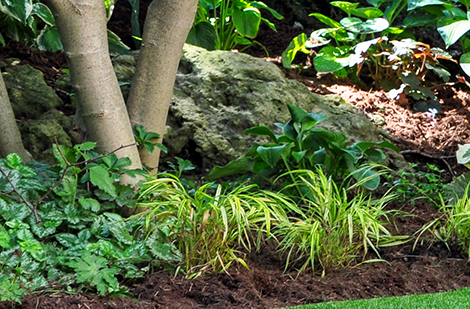
Shade-loving perennials, annuals, and shrubs
Read the articleSi vous recherchez plus de couleur et de texture, sachez que certaines vivaces, arbustes et conifères aiment beaucoup l’ombre.
-
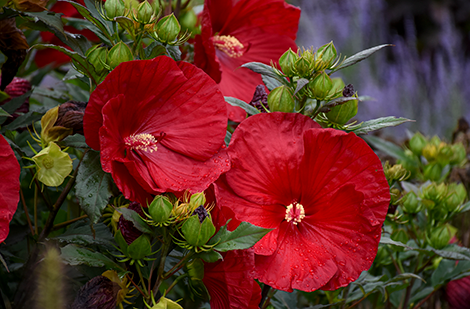
Hibiscus: charm’s the word for these tropical b...
Read the articleLes hibiscus sont une façon simple et rapide d’ajouter une touche d’exotisme dans la cour ou sur la terrasse. Offertes dans une panoplie de couleurs vibrantes, les immenses fleurs nous...
-

Growing ornamental grasses in a container
Read the articleSi les herbes ornementales sont devenues des incontournables au jardin, elles constituent également une tendance certaine pour la culture en pot. Elles peuvent répondre à une grande variété de besoins...
-
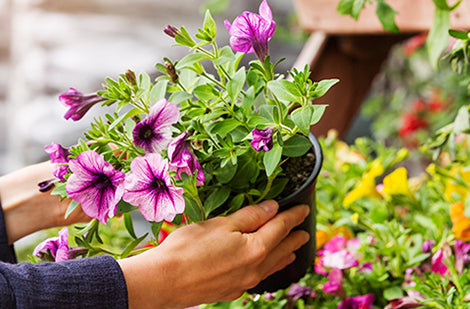
Choosing annuals for your planters
Read the articleLes annuelles se cultivent très bien en contenant et décorent les terrasses, les balcons et le patio. L'important est de choisir la bonne plante pour chaque emplacement et le bon...

















